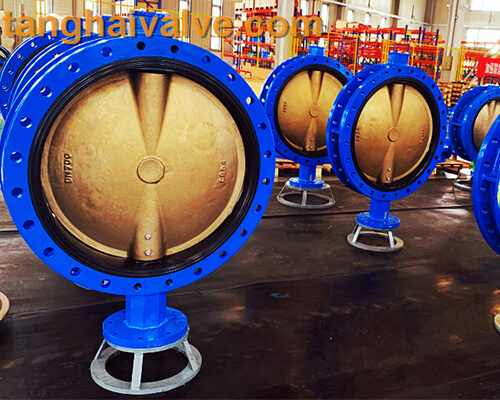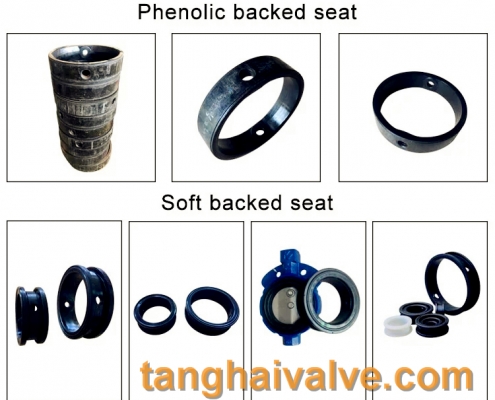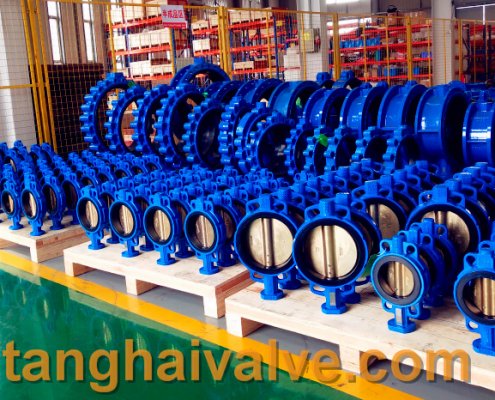Precautions for butterfly valve maintenance
Butterfly valve is a kind of valve, it is a control component in fluid conveying system, it has the function of intercepting and adjusting the fluid flow of pipeline system. Butterfly valve is one of the most widely used valves,

U-type-flange-butterfly-valve-2
which can be used to control the flow of various types of fluids such as air, water, steam, various corrosive media, mud, and oil. It is not only widely used in petroleum, gas, chemical, water treatment and other general industries, but also in municipal construction, water conservancy projects, and even cooling water systems in thermal power stations. As a control component, the butterfly valve needs periodic maintenance. Here are the precautions for butterfly valve maintenance:
1. The butterfly valve needs to be fully open and fully closed periodically during the working process to maintain the flexible lubricity of the valve parts and avoid rusting.
2. When closing the butterfly valve, if it is not tightly closed, you can first fully open the butterfly valve again, use the pressure of the fluid in the pipeline to flush out the impurities on the inner wall of the valve, and then close the valve again.
3. Try to filter the impurities in the pipeline as much as possible to avoid squeezing the sealing surface when the butterfly valve is closed, causing the valve to fail to close completely, causing leakage, and causing safety hazards.
4. The opening state of the butterfly plate of the butterfly valve should be greater than 15°, because if the butterfly valve is in a state with a large throttle range, the back of the butterfly plate is prone to cavitation and the valve is at risk of damage.
5. When the butterfly valve is in the middle opening, the operating mechanism needs to be self-locking.
6. Prevent the butterfly valve from mechanical damage, and don’t let the sediments, chemicals, damp gas and other substances in the air corrode the valve and affect the quality of the valve.
7. The threads, bearings, gears and other parts of the working interface of the butterfly valve should be regularly lubricated.
TH Valve is a professional manufacturer of butterfly valve, gate valve, check valve, globe valve, knife gate valve, ball valve with API, JIS, DIN standard, used in Oil, Gas, Marine industry, Water supply and drainage, fire fighting, shipbuilding, water treatment and other systems, with Nominal Diameter of DN50 to DN1200, NBR/EPDM/VITON, Certificates & Approvals: DNV-GL, Lloyds, DNV, BV, API, ABS, CCS. Standards: EN 593, API609, API6D
Related news/knowledge:
Installation and Maintenance of Butterfly Valve;
Installation method and precautions of check valve;
Valve installation instructions and process precautions;
Daily maintenance and precautions of ball valves





 © Copyright 2020 Tianjin Tanghaidongyang Valve Co., Ltd. All Rights Reserved.
© Copyright 2020 Tianjin Tanghaidongyang Valve Co., Ltd. All Rights Reserved.